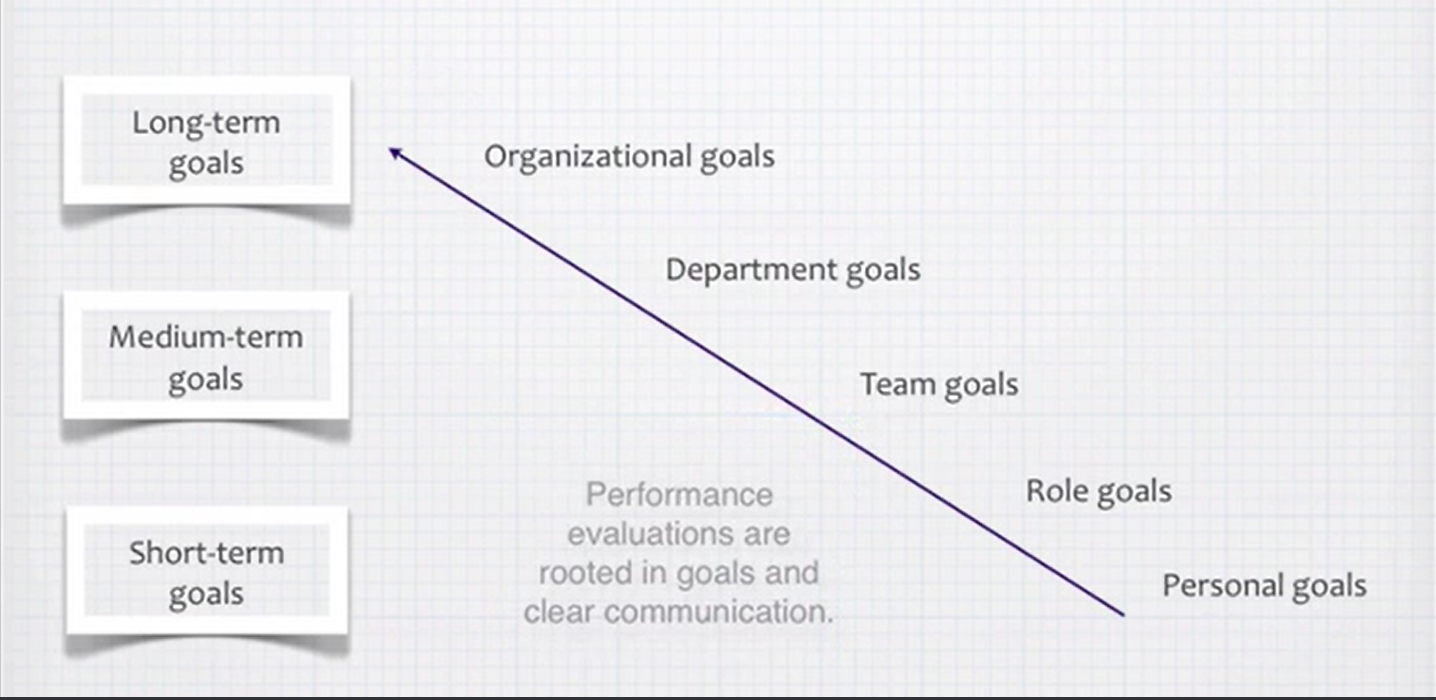Table of Contents |
Imagine two sides of a fence. On one side you have clear communication and on the other side, unclear communication.
When we have clear communication, everyone is in alignment with the team. They're all moving as a focused unit with teamwork.
Each is committed with purpose to the goal. They're accountable. They trust each other. They're all moving forward to the same place.
Clear communication involves:
You may find some conflict between the team members because they're just unclear as to what each person's roles and responsibilities are and how they interrelate. Team members may draw different conclusions as to what the most desirable outcome may be. They're not sure where their priorities lie. People get a little off track. There is decreased effectiveness and commitment to the team. As you can see, the goal tends to get lost with unclear communication.
Unclear communication characteristics involve:
A goal always supports the one above it. A short-term goal always supports a medium-term goal. A medium-term goal always supports a long-term goal. Long-term goals always support even longer-term or permanent goals.
Goals exist at every level of an organization. There are personal goals, role goals, team goals, department goals, and organizational goals. You can see that individual goals—whether personal, role-based, team-based, departmental, or organizational—all build on each other.

It's a balance between the strengths of the individuals, their responsibilities, and their roles to achieve that long-term, medium-term, or short-term goal.
Once goals are defined, established, and clearly communicated, assignments for the responsibilities are communicated. This is when the goals become interdependent.
The team needs to look at the personal and role goals. What are the strengths of the individuals on the team? Who can be brought up for the specific goal of the team? Role responsibilities can influence the team goals.
IN CONTEXT
Someone higher up in the organization or the department may say, listen, your team comprises a great amount of strength that we need for this particular goal. Therefore, role goals can influence or define higher-level, long-term goals. Team goals can influence personal goals.
This is where performance evaluations come into play. There may be more focus placed on role goals. There may be an expectation of working together with other people on the team as well, which also develops a team goal.
In the next lesson, you will learn more SMART goals.
The team charter is a document that lists out certain aspects of a team. It starts off with the team purpose, which is an explanation of why the team is coming together. It answers questions such as whether this is just a problem-solving team. Is there an endpoint? What are the goals?
In this document there will be a list of team goals, objectives, and any deliverables that need to be produced, along with any metrics. You want to make sure that everything is measurable.
Questions a team charter should answer:
There are many ways to establish team goals. Take a look at this image of two different scenarios.

On one side, you have the team around a table. This is more of a democratic process. There may be someone mediating and taking notes about individual goals. Everyone is contributing to the goal.
This really helps solidify their commitment and their purpose. It increases buy-in for the goal as well as an understanding of their responsibilities and their roles. When goals are passed down from leadership without a discussion, team members may disagree with it, and they may not execute the goal as intended. The roles aren't as clear.
Source: THIS TUTORIAL WAS AUTHORED BY KELLY NORDSTROM FOR SOPHIA LEARNING. PLEASE SEE OUR TERMS OF USE.